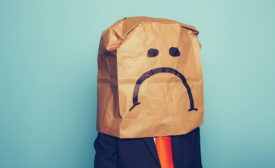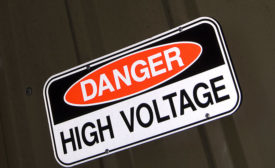Workplace Safety Culture
A NIOSH Science Blog post
The Safety Climate Assessment Tool (S-CAT) for construction
October 22, 2019
A NIOSH Science Blog post
It’s National Bosses Day. Who is your dream boss?
October 16, 2019
Digital Edition Exclusive
For Your Health & Wellness: Catching a quick nap is smart business
October 2, 2019
Digital Edition Exclusive
A Personal Story of Human Errors
Remember: You can’t change the human condition
October 2, 2019
Training Strategies
Smart Rewards: Be strategic about your use of safety incentives
October 1, 2019
On human performance & culture
Don’t focus on frailties; don’t mandate culture
October 1, 2019
Never miss the latest news and trends driving the safety industry
eNewsletter | Website | eMagazine
JOIN TODAYCopyright ©2024. All Rights Reserved BNP Media.
Design, CMS, Hosting & Web Development :: ePublishing











